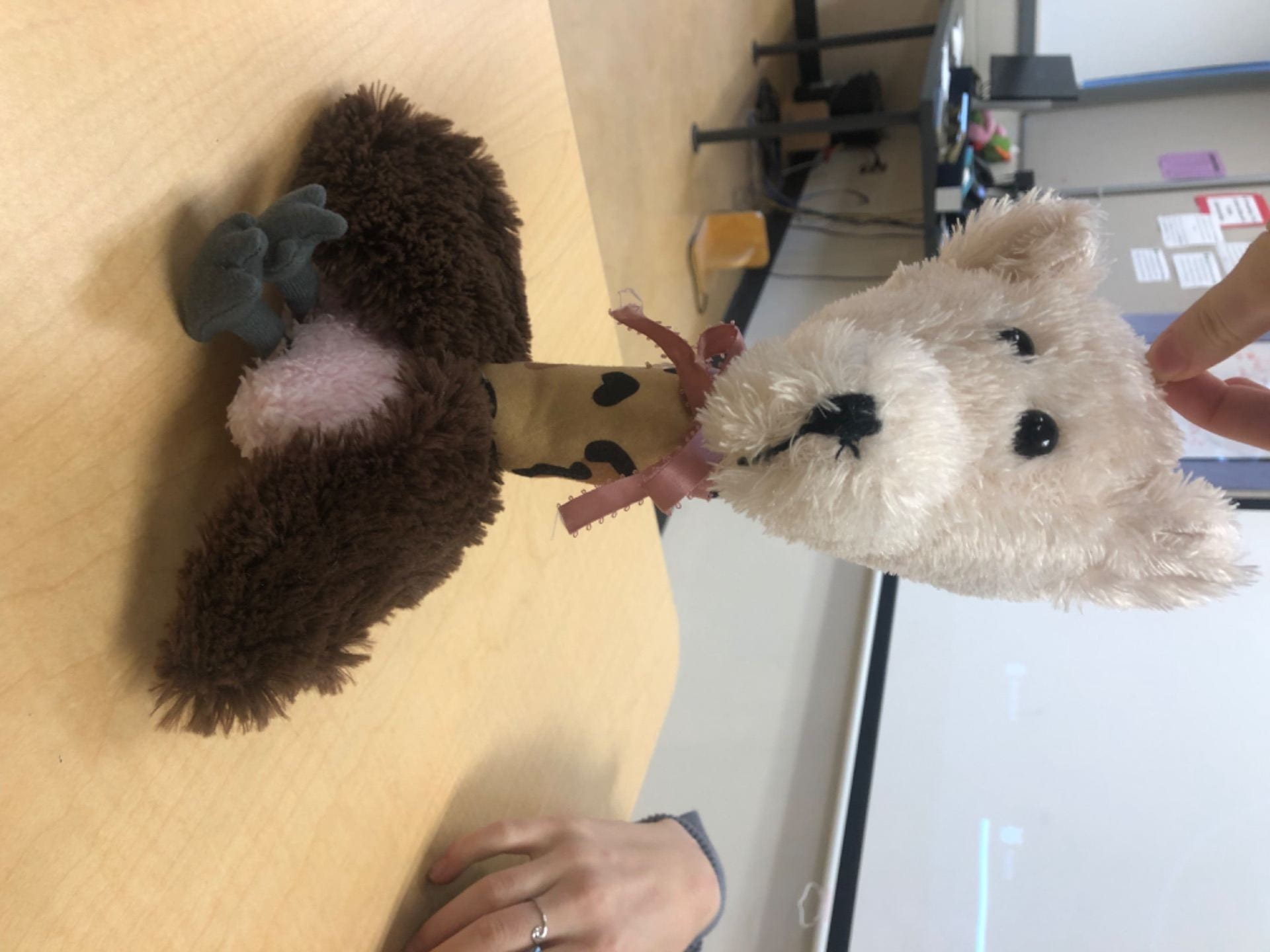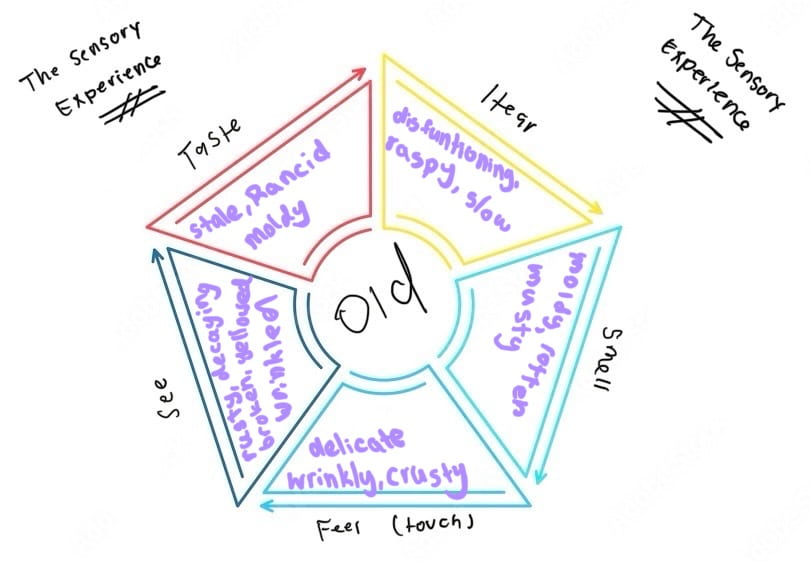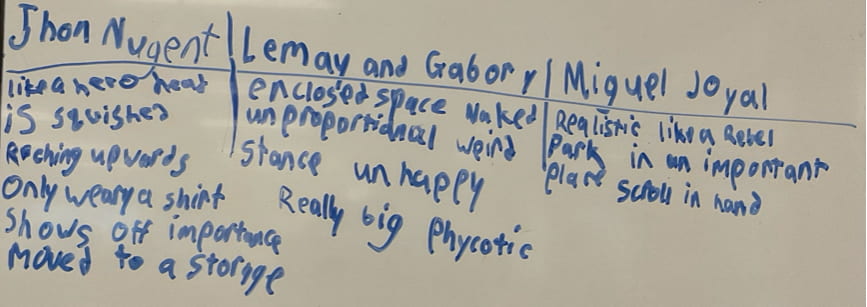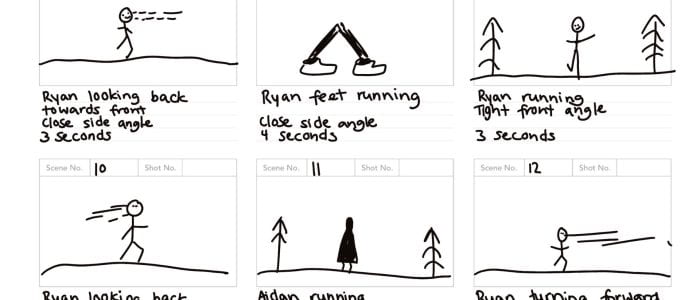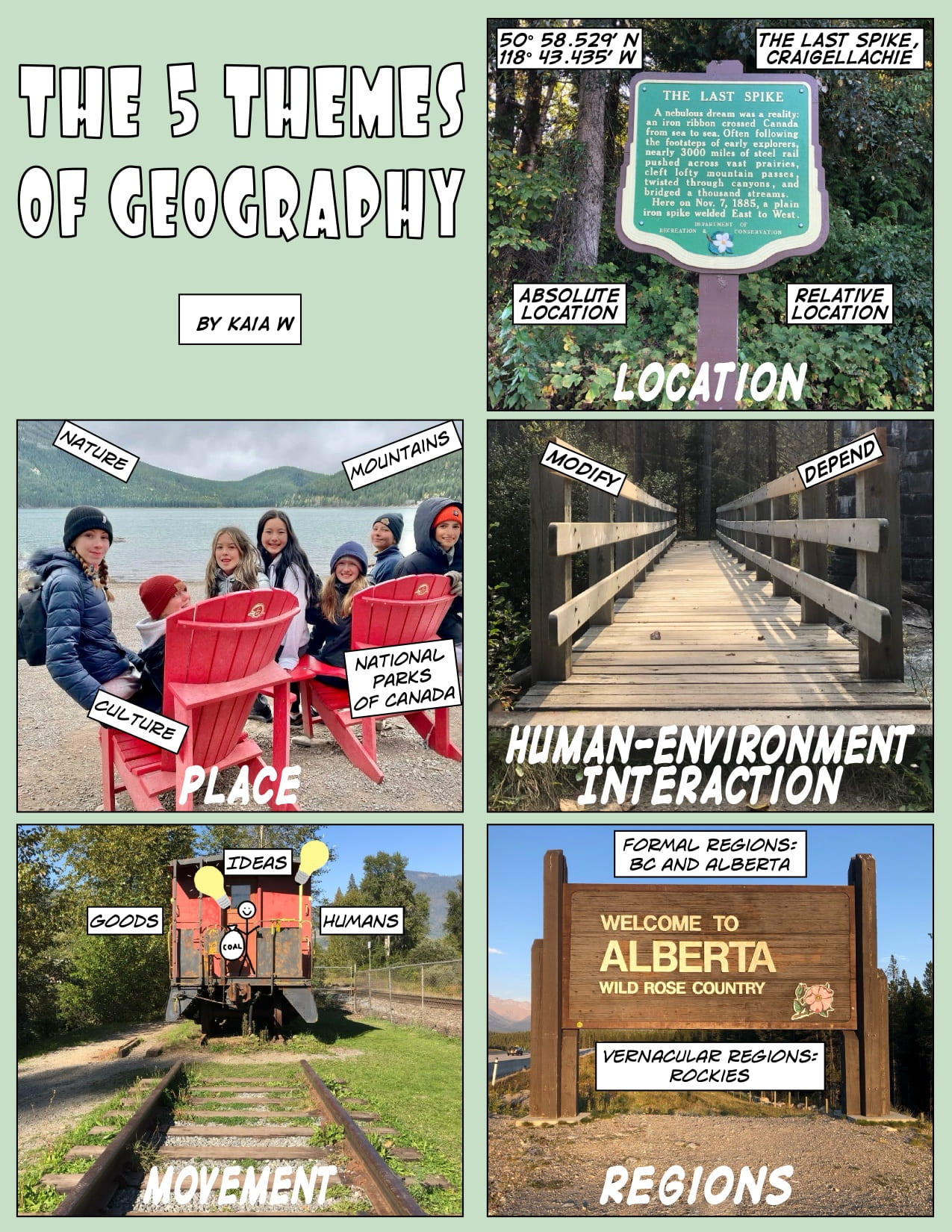Have you ever fallen off a chair? What about off of a chair that’s on top of a table? Well I have, but thankfully I had a team of people who I trusted to catch me!
About a week ago, almost all of the PLP grade 9’s went on a trip to Loon Lake to build leadership and teamwork skills and answer the question “how do the choices we make set our future path?”
We arrived on Monday afternoon and started by meeting Jono and some of his Pinnacle Pursuits team and doing some ice-breaker activities, which helped me already learn more about my peers. After dinner, we were put into our rooms in the Student Centre. Other than having no lock on our door, the creepy red glow from the exit sign in the dark and about 15 girls sharing a washroom with 3 mirrors and 2 see-through showers, it was a very cozy and warm and comfortable place to stay. Along with becoming closer with people I didn’t know as well before the trip, I definitely also became closer to my friends who I shared a room with!
Anyways, the next 3 days went by really quickly because of all of the fun and engaging actitvities we did, but it also feels like way longer than a few days because I learned so much. This consisted of both outside and inside team building and leadership activities and sessions.
Some of the outdoor activities we did were rock-climbing, orienteering, shelter building, low and high ropes course. During rock-climbing, I think everyone was really supportive and encouraging of each other. A specific example of this is when I was climbing up the easy side, however I couldn’t figure out how to get past the big bulge near the top. Syd, Alva and Maddie had also done the same side as me so they helped me a lot by telling me where to put my feet and hands next, and I managed to get to the top! During the crate stacking challenge on the high ropes course, my entire group collaborated to beat the record of how many crates stacked and we got to 18! At first I wasn’t super confident of whether I wanted to go up or not, but I got the answer to the trivia question (the capital of Yukon) right because nobody else knew, so I decided to go up because being really light and having smallish feet would be helpful for stacking the crates. At first while it was still low to the ground, others added to the stack or passed them to me. Unfortunately, once we got higher we had two problems, which we worked together to solve. First of all, nobody could reach the top or reach my hand and I didn’t think that I would be able to catch them. However, Nate was able to throw them really high and in the perfect place so that I could catch them by their handle. Our other issue was that the two stacks started to lean apart, so people at the bottom basically hugged the stack to keep it together. We continued using this strategy to continue until 18 crates (we didn’t have time to keep going any further). During this activity we also improved on our communication, because we had to communicate strategies, tips on how to catch the crates, asking people to hold the crates together, switching if people got tired and yelling “heads” if a crate was falling.
Inside, we did many sessions with Jono, where we learned about 5 main categories: Internal Talk, Clear Communication, Social Awareness, Emotional Intelligence and Leadership. We also filled out a workbook during these sessions and did some activities. One of the main types of activities that we did was trust falls and not just the normal type. One way that we did trust falls was called Willow in the wind. About 8 people make a tight circle around you and then you fall and they push or pass you around or across the circle. At first I was kind of nervous and uncomfortable, but after other people had turns and the more times I did it, I became more comfortable and trusting of everyone. The biggest trust fall that we did, which I mentioned at the start, was falling off of a chair which was on top of a table into 7 people (and more people to hold the chair). This trust fall required a lot of teamwork and communication to make sure that everything stayed in place and was aligned and that everyone was ready so that the person falling didn’t get hurt. I was one of the last people to go, so I had seen everyone get caught (mostly) and everyone said that it wasn’t painful at all. As well, this was pretty much at the end of the week, so I trusted everyone to catch me, however I was still really scared to fall. The first time that everyone said they were ready I didn’t fall, but after everyone encouraged me and also told me to close my eyes, I fell and it was completely fine. I think that the trust falls helped me to trust everyone more.
One of the things we filled out in our booklets was a little questionnaire to determine what type of leader you are (Challenger, Inspirer, Enabler, Modeler or Encourager). On the first page I answered 30 questions on a scale from 1-5 and then added up my score and my highest score meant that I am an Enabler. I found this activity really helpful, because I’m an overachiever and I like to do a lot of work myself, but now I know how to be a better leader for my specific leadership type. Enablers are good at respecting all group members and promote cooperation , which I think I have always done, but Enablers also involve others in discussions and responsibilities which I can improve on. I decided to make this my goal for what I am going to remember and implement when I return to Seycove. My goal is to use my strengths as an Enabler to be a better leader and involve and support others in the work.
On the final (half) day of Loon Lake, during the morning we worked on preparing a mini exhibition for our parents (which we presented after lunch before going home). My group focused on how pairing your passions with your strengths creates a zone where you are really motivated and a great leader. We created a poster to show this and a short script to speak about our poster and what we learned in this section.
In conclusion I have learned a lot about teamwork and leadership, gotten to know and trust my classmates a lot more and grown as a person. And I had a lot of fun on this trip (we even had a dance and karaoke party on the last night) too! I’m so grateful to have had such an amazing experience! That’s all for this post!
Kaia out!






